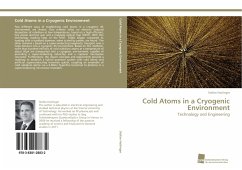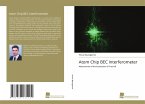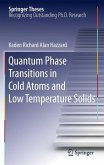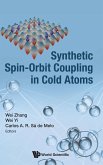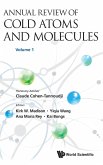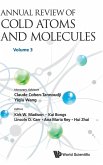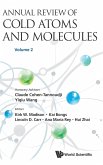Two different ways of establishing cold atoms in a cryogenic 4K environment are shown. One scheme relies on electron induced desorption of rubidium at low temperatures, based on a high efficient, low power electron gun and a magneto optical trap (MOT). With this technology loading rates of the MOT, 1000x bigger compared to loading with a standard dipenser, when scaled by power, are found. The other ischeme s based on a superconducting magenetic transport over a large distance into a cryogenic 4K environment. Based on this methods, more than hundred millions of cold rubidium atoms at a temperature of about 50µK are transported into a cryogenic environment, capable of providing a superconducting atomchip and a coplanar microwave resonator. Furthermore, the shown concepts and experiments provide a roadmap to establish a hybrid quantum system with cold atoms and artificial superconducting transmon qubits, coupling an ensemble of cold rubidium atoms via a 6.8GHz hyperfine transition to photons in a superconducting microwave resonator.
Bitte wählen Sie Ihr Anliegen aus.
Rechnungen
Retourenschein anfordern
Bestellstatus
Storno

